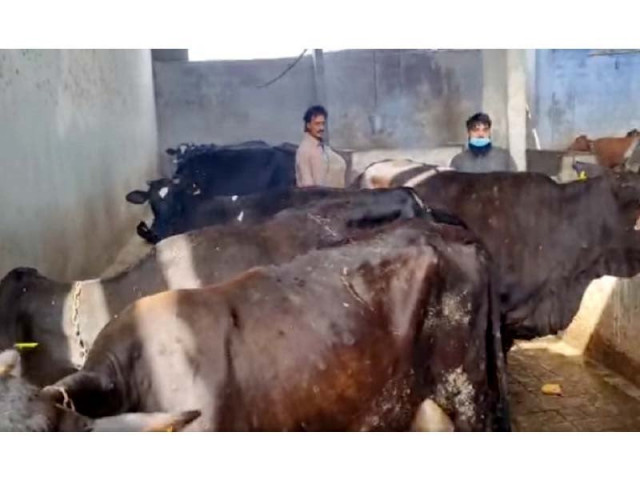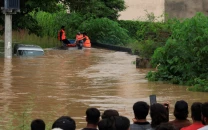‘Lumpy skin disease not communicable to humans’
Experts say infected cattle’s meat, milk fit for consumption

Livestock and dairy development experts have said that the lumpy skin disease (LSD) was not transmittable to humans and the milk and meat of infected cattle were completely fit for consumption.
After weeks of anxiety among people over the growing number of lumpy skin disease in cattle, Livestock and Dairy Development Rawalpindi Division Director Dr Sarfraz Ahmed Chatha clarified that the LSD is caused by a virus that is a member of the capripox virus. The virus mainly infects cows while buffaloes were immune from the virus.
“The ratio of lumpy skin-infected animals is very low and at no level does the disease pose a threat to humans,” he said adding that the LSD resulted in reduced milk production, abortions in animals, infertility, and poor-quality hide, leading to economic losses. “The virus does not cause chronic illness,” he said.
Rawalpindi Livestock Department Additional Director Dr Naveed Sehar Zaidi said that the movement of animals should be restricted to prevent the disease. The infected cattle should be kept separate from other animals. Mosquito repellent spray should be ensured and other medicines including multivitamins should be given to the animals in consultation with livestock experts, he said.
Dr Zaidi said that the number of animals infected with the LSD in Rawalpindi district was very low and the death rate was very low. Overall, the Rawalpindi district is safe from the LSD, he said adding that teams of the livestock department were carrying out vaccination against the LSD.
Published in The Express Tribune, June 11th, 2022.

1733130350-0/Untitled-design-(76)1733130350-0-208x130.webp)

















COMMENTS
Comments are moderated and generally will be posted if they are on-topic and not abusive.
For more information, please see our Comments FAQ